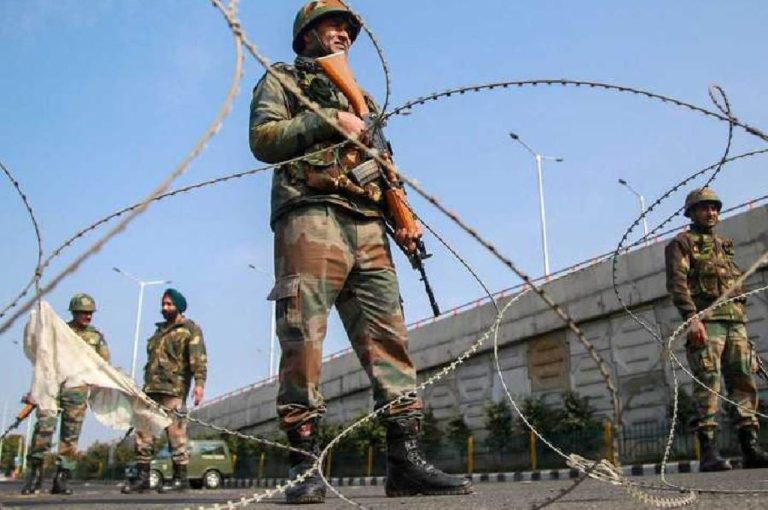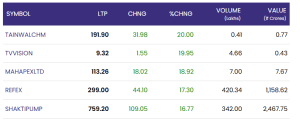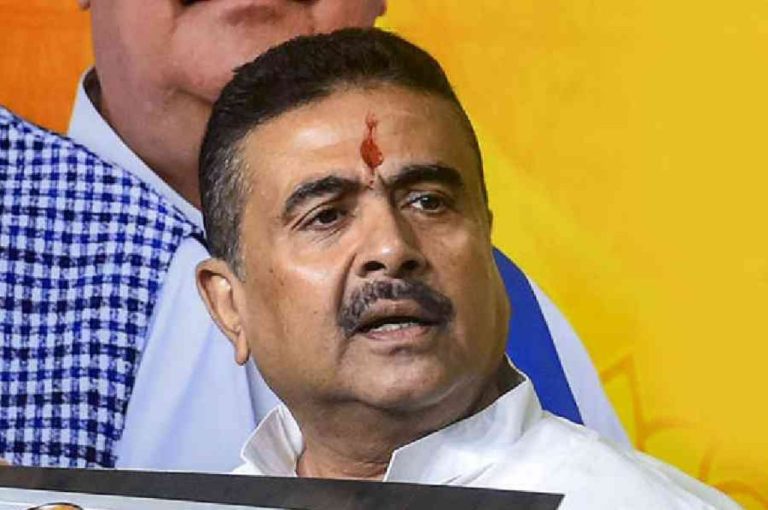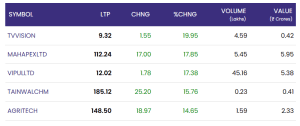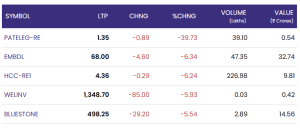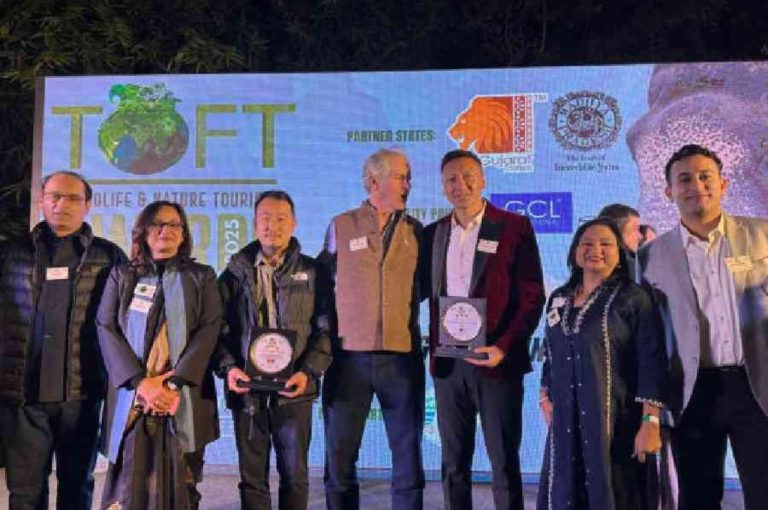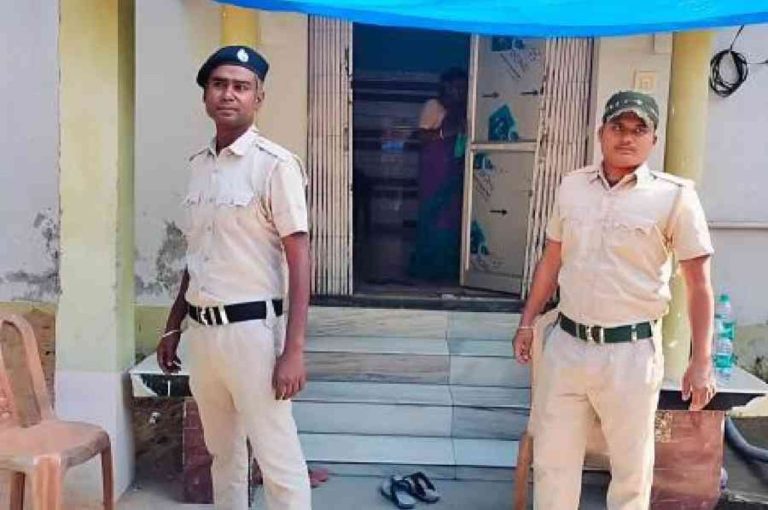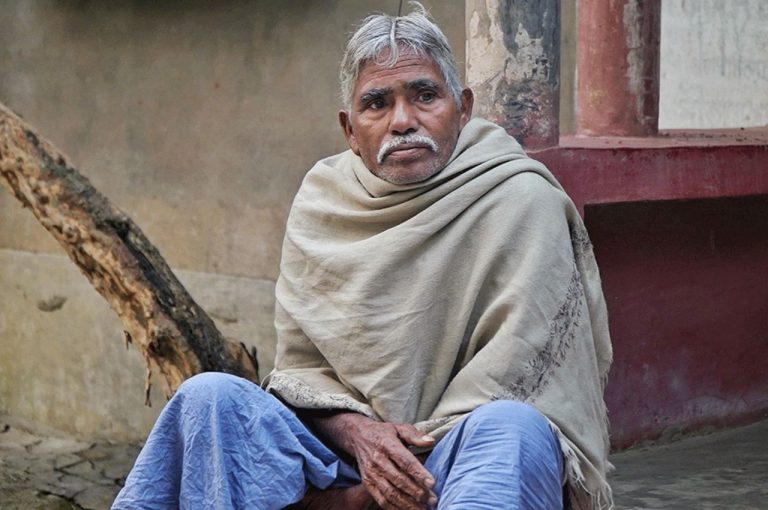The India Bangladesh border security and cattle smuggling case in Malda district has once again highlighted the vulnerabilities of unfenced border stretches. On December 13, 2025, alert villagers in Tilasan under Dhumpur gram panchayat detained a Bangladeshi national suspected of cattle smuggling and handed him over to the police. The incident underscores the role of community vigilance, challenges of border management, and the persistence of cross‑border smuggling networks.
This article provides a comprehensive 5000‑word exploration, covering:
- The incident and immediate police response.
- The socio‑economic roots of cattle smuggling.
- Border Security Force (BSF) challenges in Malda.
- Community participation in border security.
- Legal frameworks governing smuggling and infiltration.
- Historical context of cattle smuggling in Bengal.
- Global comparisons with border management.
- Governance lessons for India.
- Government resources and external links for reference.
2. India Bangladesh Border Security: The Incident
- Villagers noticed a man loitering near the unfenced border in Habibpur police station area.
- They informed the police, who arrested Md Rubel Sheikh, in his mid‑30s, from Shibganj in Chapai Nawabganj district of Bangladesh.
- Rubel admitted to illegally entering India with a gang of six smugglers.
- The gang’s plan was to steal cattle and smuggle them back into Bangladesh.
- BSF jawans chased the group, but Rubel was caught by villagers.
3. The Role of Villagers
This case highlights the importance of community vigilance:
- Villagers acted responsibly by detaining Rubel without violence.
- They handed him over to the police instead of taking law into their own hands.
- Their action prevented potential theft and strengthened border security.
4. Border Security Challenges in Malda
Malda district is a hotspot for smuggling due to:
- Unfenced stretches: Large portions of the border remain open.
- Foggy winters: Reduced visibility aids smugglers.
- Riverine terrain: Makes fencing and patrolling difficult.
- Proximity to Bangladesh markets: Creates demand for smuggled cattle.
5. Socio‑Economic Roots of Cattle Smuggling
Cattle smuggling persists because:
- High demand in Bangladesh: Beef consumption and leather industries drive demand.
- Poverty in border villages: Smuggling offers quick money.
- Weak enforcement: Limited manpower and corruption hinder policing.
- Cross‑border networks: Organized gangs operate with local support.
6. Government External Links for Assistance
- Border Security Force (BSF): https://bsf.gov.in
- Ministry of Home Affairs: https://www.mha.gov.in
- West Bengal Police: https://wbpolice.gov.in
- Election Commission of India: https://eci.gov.in
7. Legal Framework
The case involves:
- Indian Penal Code (IPC): Sections on trespassing, theft, and conspiracy.
- Passport Act, 1967: Governs illegal entry into India.
- Customs Act, 1962: Deals with smuggling of goods.
- Foreigners Act, 1946: Governs detention and deportation of foreign nationals.
8. Historical Context of Cattle Smuggling in Bengal
Cattle smuggling has long plagued Bengal’s borders:
- 1990s: Large‑scale smuggling linked to leather exports.
- 2000s: Political patronage shielded smugglers.
- 2010s: BSF intensified fencing, reducing incidents but not eliminating them.
- 2020s: Smuggling shifted to unfenced stretches and riverine routes.
9. Community Participation in Border Security
Villagers play a crucial role:
- Early detection: They know local terrain better than outsiders.
- Trust building: Cooperation with police strengthens law enforcement.
- Non‑violent vigilance: Prevents mob justice and ensures legal process.
10. Global Comparisons
Border smuggling is a global issue:
- US–Mexico border: Drug and human trafficking.
- Afghanistan–Pakistan border: Arms smuggling.
- Africa: Wildlife and cattle smuggling across porous borders.
India’s challenge is unique due to dense populations, cultural ties across borders, and economic incentives.
11. Governance Lessons
The Malda incident teaches:
- Need for stronger fencing and surveillance.
- Community engagement in border security.
- Transparency in BSF operations.
- Cross‑border cooperation with Bangladesh authorities.
12. Future Outlook – Smart Border Management
India must move towards:
- Smart fencing with sensors and drones.
- AI‑based surveillance for detecting infiltration.
- Community policing models in border villages.
- Joint patrols with Bangladesh Border Guard.
13. Conclusion
The India–Bangladesh border security and cattle smuggling case in Malda is a reminder of the vulnerabilities of unfenced borders. The vigilance of villagers prevented theft and ensured lawful arrest, but systemic reforms are needed. By combining technology, community participation, and cross‑border cooperation, India can strengthen its border security and reduce smuggling.
Also read: Home | Channel 6 Network – Latest News, Breaking Updates: Politics, Business, Tech & More

